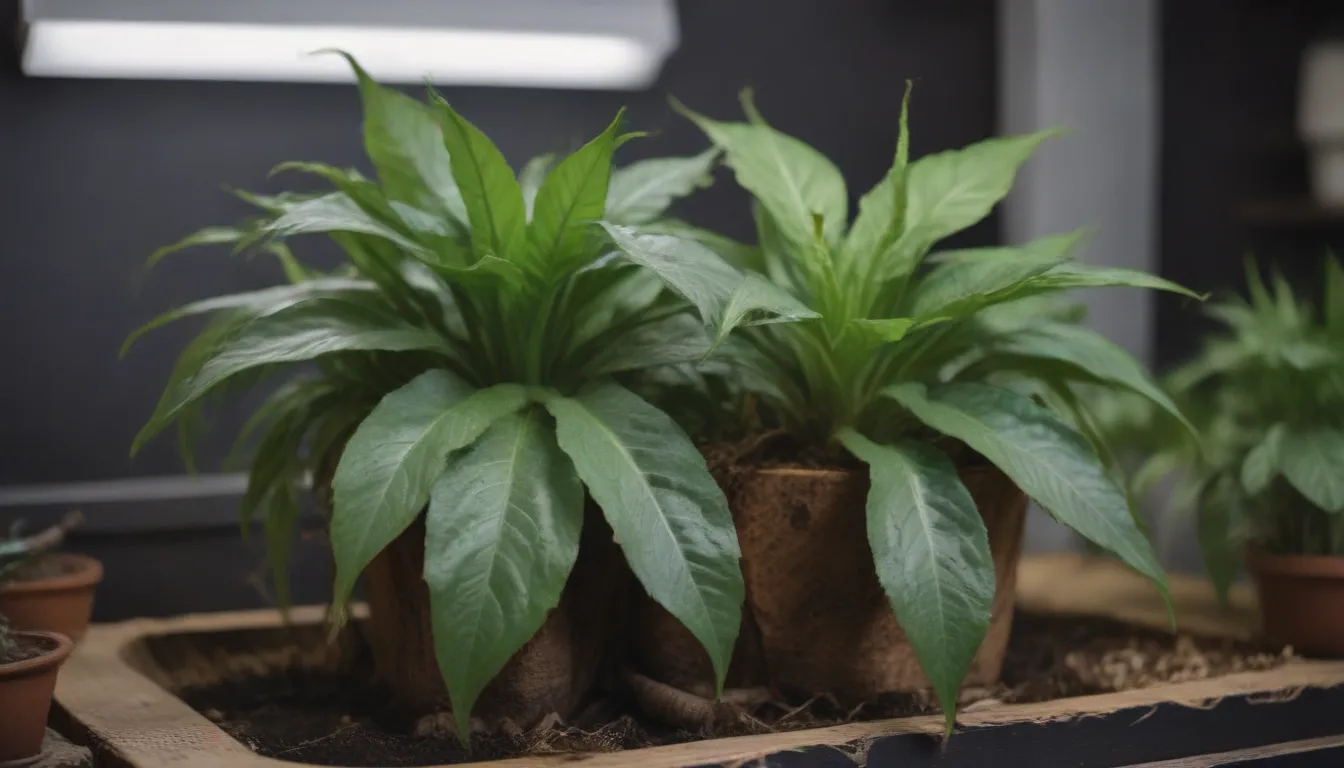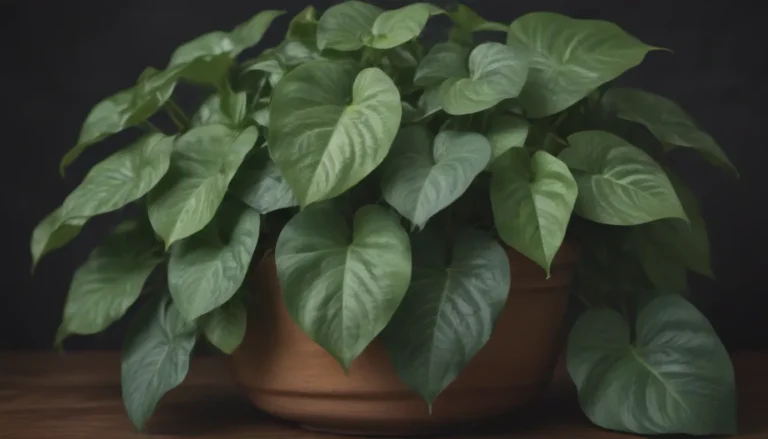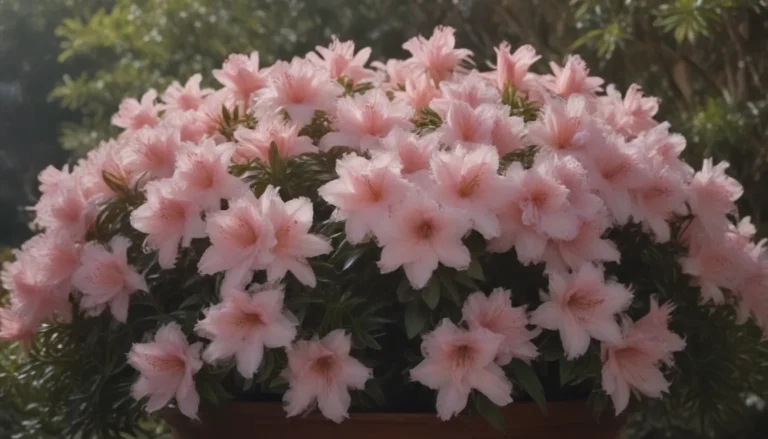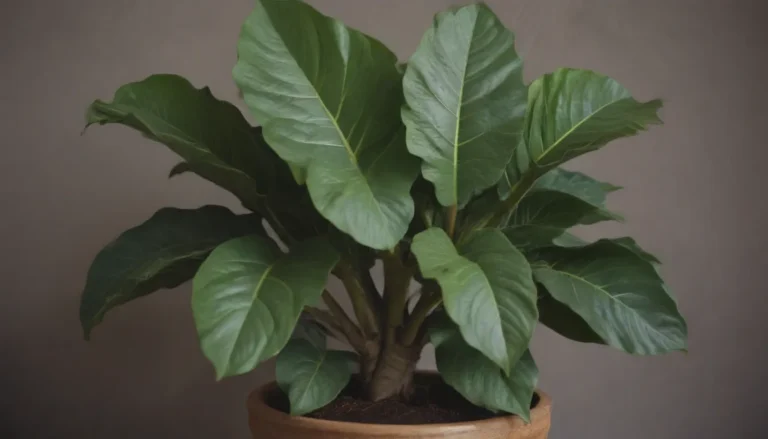Understanding Root Rot in Houseplants: Causes, Symptoms, Treatment, and Prevention

Do you have a houseplant that seems to be giving up on life, withering away before your eyes? It could be a sign of root rot. Root rot is a common issue that many plant owners face, especially when it comes to overwatering their beloved green friends. In this comprehensive guide, we’ll delve into what root rot is, how to identify it, and most importantly, how to treat and prevent it from ruining your beautiful indoor garden.
What Is Root Rot?
Root rot is a plant disease that affects the roots, causing them to decay. It is typically the result of overwatering, which deprives the roots of oxygen and creates a hospitable environment for harmful fungi to thrive. Two main culprits of root rot are Fusarium and Pythium, common soil fungi that can quickly wreak havoc on a plant’s root system.
Common Signs of Root Rot:
- Dark brown or black roots
- Mushy, rotting roots
- Foul smell resembling decay
- Yellowing or wilting leaves
- Dropping leaves
If you notice any of these symptoms in your houseplant, it’s crucial to take immediate action to save your green companion.
How Plants Get Root Rot
Understanding how root rot occurs is essential in preventing it from harming your plants. Overwatering is the primary cause of root rot, and it can happen for various reasons, such as improper drainage or watering too frequently. Indoor plants are particularly vulnerable to root rot due to the compact nature of the soil in containers.
Tip: Certain plants are more prone to root rot than others. Keep an eye on plants that prefer drier conditions, like cacti and succulents, as they are more susceptible to overwatering.
How to Treat Root Rot
Once root rot has taken hold of your plant, it can be challenging to treat. However, with prompt action, you may be able to save your green friend from a root rot-induced demise.
Steps to Treat Root Rot:
- Remove the Plant’s Soil and Inspect Its Roots: Gently remove the plant from its pot, shake off the soil, and inspect the roots for any signs of rot.
- Trim Away Rotting Roots: Using sharp shears, carefully trim away any mushy or discolored roots, ensuring only healthy roots remain.
- Repot with Fresh Soil: Plant the trimmed roots in a new pot with fresh soil, ensuring proper drainage to prevent future root rot issues.
Tip: Improve soil drainage by adding perlite, sand, or pumice to the soil mix, promoting better oxygen flow to the roots.
Root Rot Prevention
Prevention is always better than cure when it comes to root rot. By implementing a few simple strategies, you can safeguard your plants against this common ailment.
Tips for Preventing Root Rot:
- Know Your Plant’s Watering Needs: Different plants have varying water requirements, so familiarize yourself with your plant’s specific needs.
- Choose the Right Soil: Select soil with proper drainage characteristics for your plant type, avoiding overly compacted or water-retaining soil.
- Provide Adequate Drainage: Use pots with drainage holes to allow excess water to escape, preventing waterlogged soil.
- Ensure Proper Light Levels: Place your plant in a location with adequate sunlight to promote healthy growth and avoid waterlogged soil.
- Regular Repotting: Refreshing your plant’s soil and repotting it periodically can help prevent soil compaction and potential root rot issues.
Root rot is a serious concern that can spell disaster for your beloved houseplants. By staying vigilant and taking proactive measures to prevent and address root rot, you can ensure the health and vitality of your indoor garden. Remember, early detection and swift action are key to saving your plants from the clutches of root rot. Keep an eye on your plants, listen to their needs, and they’ll reward you with lush greenery for years to come.





